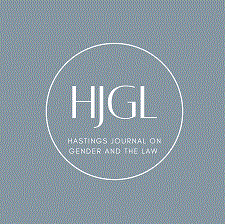
Abstract
This article examines the recognition given to sexual minorities through United States asylum law. This article begins with a general explanation of the evolution of asylum law and an overview of the different categories of persons eligible to apply for asylum, particularly persons facing persecution as a social group. Then the article discusses the traditional construction of gender and sexuality in lieu of persons who do not fit into the dimorphic, male/female, gender and sexual categories. These sexual minorities often face extreme hardship, government persecution and death in their home countries for stepping outside of culturally imposed sexual and gender boundaries. Sexual minorities from around the world, including homosexuals and transgender individuals, can establish persecution as a social group in order to meet the requirements for asylum in the United States. Following a discussion of the interpretation of asylum law to include protection for homosexual asylum applicants, this article presents four case studies of transgender individuals fleeing persecution who were granted asylum. The United States must continue to provide a safe haven to sexual minorities until such time that people can live freely and safely irrespective of their sexual orientation and gender identity. In examining the plight of these individuals, perhaps we can reexamine our own societal assumptions and confines of the conventional dimorphic gender system.
Recommended Citation
Fatima Mohyuddin,
United States Asylum Law in the Context of Sexual Orientation and Gender Identity: Justice for the Transgendered,
12 Hastings Women's L.J. 387
(2001).
Available at: https://repository.uclawsf.edu/hwlj/vol12/iss2/7


